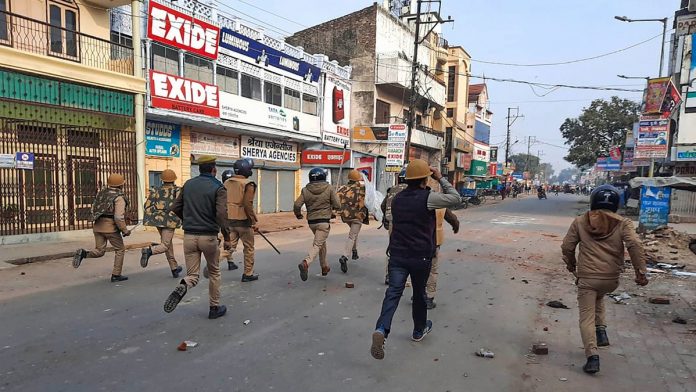
It has been around a month since Uttar Pradesh police’s alleged excess during protests against the Citizenship Amendment Act (CAA) led to 20 deaths and hundreds of people getting arrested and booked for allegedly causing violence. Muzaffarnagar was one of the 9 districts majorly affected by these alleged state sponsored acts of violence, high handedness and misuse of law. In Muzaffarnagar, 3,000 unidentified persons were booked along with 262 identified persons and 72 people were also arrested on charges of violence. Out of these, 107 persons were arrested on charges of rioting and attempt to murder in connection with the protests.
However, courts demand evidence and that’s when the police have to present evidence even if it is prima facie evidence to show the District Court judge why the accused ought not to be granted bail.
So far, 19 people have been released on bail by the court either on account of lack of evidence or after the charges of grievous offences were dropped. In one case, 5 people were let off the police themselves under the powers granted by CrPC under section 169 which is invoked when “evidence is deficient”. In some cases, the police were unable to prove that the accused were involved in rioting or attempt to murder and were only able to say that the accused violated prohibitory orders under section 144 of CrPC.
The Sessions Judge had given an order to release 15 people all of whom were students of a local madrasa. The Judge based his decision, among other things, on the failure of the police to provide CCTV footage of the incident. The bail was granted as no prima facie was made.
The FIR, on the other hand, had mentioned that the accused had engaged in arson and rioting, created an atmosphere of terror and destroyed public property.
Related: